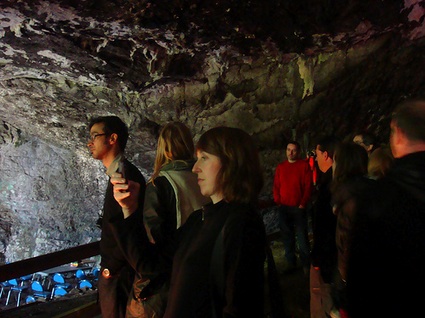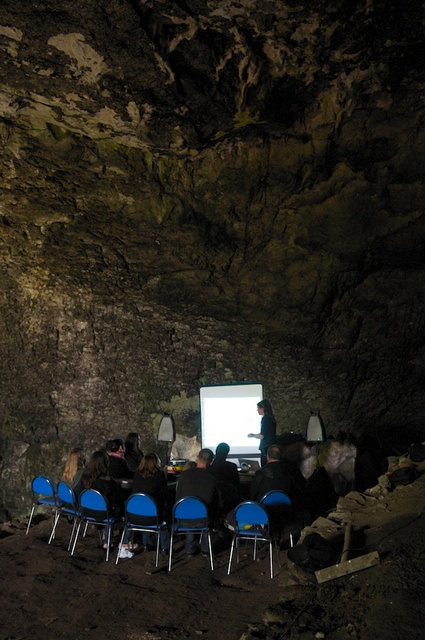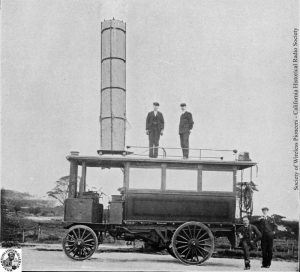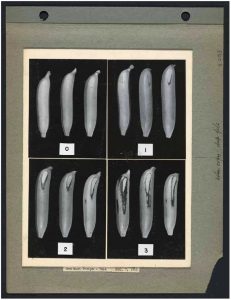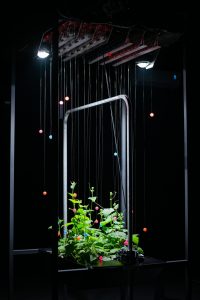Biorama 2 was a sequel of the one that saw us hike through rain and wind in Marsden Moor, West Yorkshire. This edition still explored new directions in art, science and technology but with a focus on the biology of the underground through the notion of umwelt developed by biologist Jakob von Uexküll and its influence on the development of biosemiotics by Thomas Sebeok.
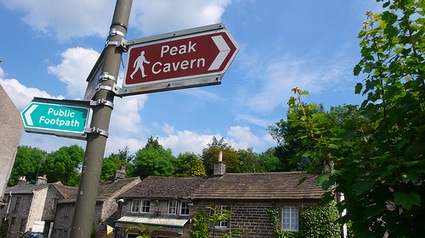
The event, organised last month by Derek Hales from the University of Huddersfield and Andy Gracie, was described as follows: Using the underground of caves and mines and the organic life they contain as a form of parallel terrestrial biology, we develop a ‘parallel science’ through the study of extreme and/or ‘removed lifeforms’ and through the science of astrobiology. Biorama II will explore a rich contextual and conceptual background against which to investigate some of the outer (or inner) limits of terrestrial biology and strategies for life. Framing itself as a platform for exploring these and related imaginaries – via literary luminaries, various heretics and other visionaries of the underworld and the potential of life (immanent, alien, emergent and other) Biorama2 will stage a series of discussions, workshops and expeditions which will serve to examine how organisms living independently of sunlight develop a sensory and informatic relationship with their strange environments.
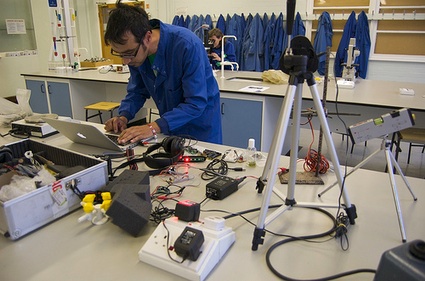 Photo by Rob Lycett
Photo by Rob Lycett
I couldn’t attend the workshop but i greatly enjoyed the symposium. This time, Biorama’s quest for exoticism brought us for a series of talk inside a cave. The programme was exceptional: Microbiologist Dr Paul Humphreys gave a fascinating talk about bacteria (all i knew about bacteria came from acne and toothpaste commercials so i was amazed to learn that bacteria can be grown to repair concrete cracking and marble monuments, it can also block pollution or indicate the industrial past of a landscape that today might look pristine, etc.), Andy Gracie gave a wonderful talk about the Hollow Earth and biotech artists as science amateurs (all the juicy details are coming soon), Agnes Meyer-Brandis was her usual quirki/awesomness, Oron Catts showed a new project likely to surprise those who would enclose Symbiotica in a biotech art box, Ulla Taipale told us about Capsula‘s adventure towards a total solar eclipse in Siberia and Anthony Hall gave us the lowdown on fish-human communication. The day finished with a truly moving sound performance by Joe Gilmore in a deep cavern.
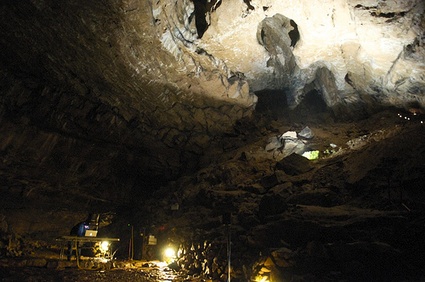 Image by Rob Lycett
Image by Rob Lycett
I’ll blog in detail some of the presentations over the next few days. But first, allow me to set the tone.
Castleton is postcard pretty village in gorgeous Peak District:
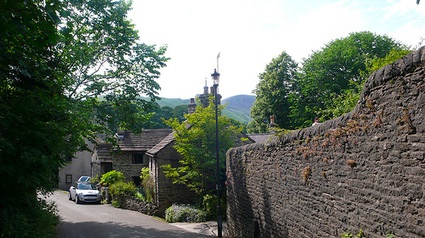
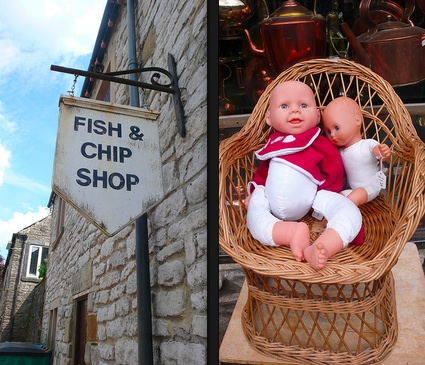
People there bake lovely cakes:
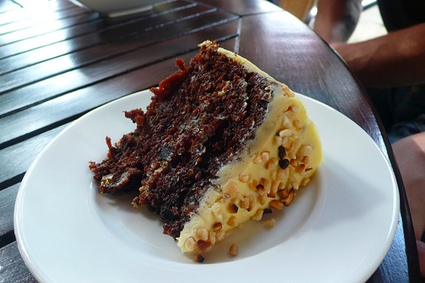
And cook other delicacies:
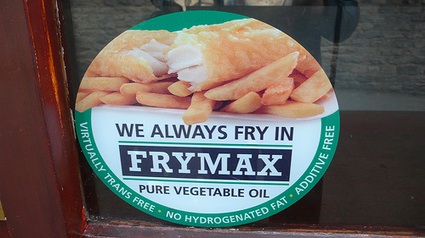
Now the cave was The Peak Cavern, which also bears the exquisite name of “Devil’s Arse”. Until 1915 it was home to Britain’s last troglodytes, who lived in houses built inside the cave mouth, and made a living from rope making, while the depths of the cave had the reputation of being a haven for bandits.
More photos: my flickr set, Iman Moradi’s and Rob Lycett’s.
Read also The Arts Catalyst‘s account of Biorama cave trip.
Previous entries about Biorama 1: Biorama Huddersfield, Biorama (Part 1), Biorama (Part 2), Biorama (Part 3).

